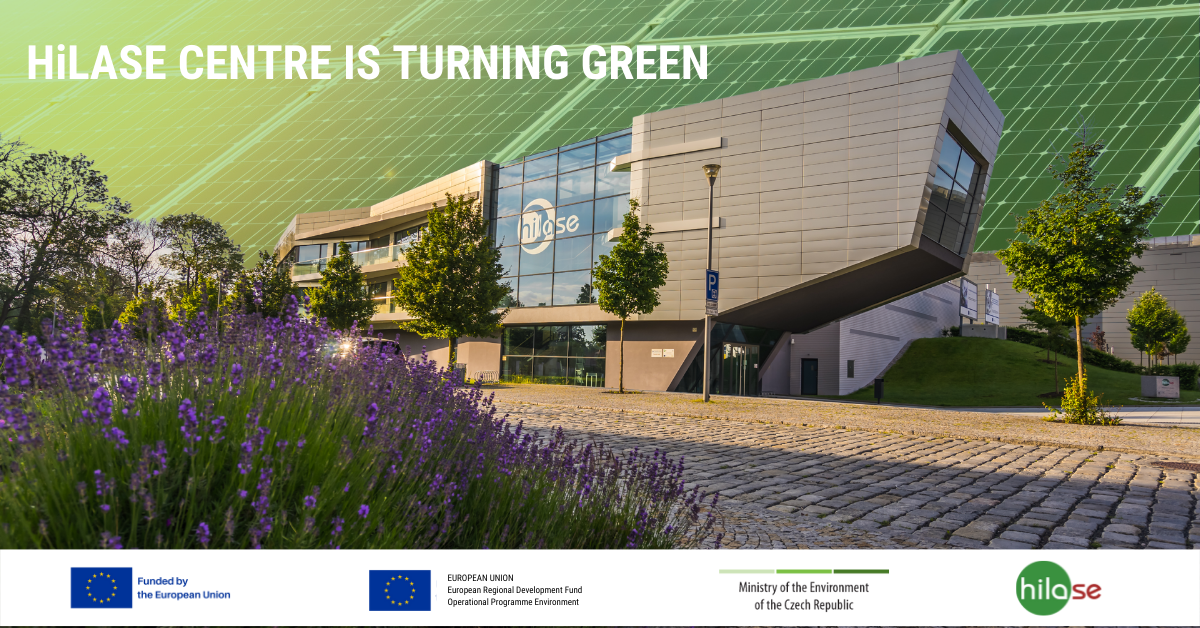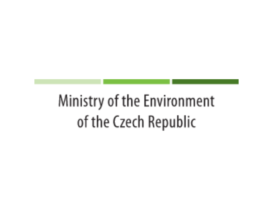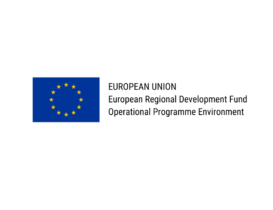This year, the HiLASE Centre managed to obtain funding from the European Regional Development Fund, OP Environment, through the Ministry of the Environment for the construction of photovoltaics. The solar power plant on the roof of the building will cover an area of 280 m2 and will have an output of up to 60 kWp. But this is just the beginning. In addition to harnessing energy from natural sources, our Engineering and Technical Support (ETS) team has long been committed to reducing energy consumption in particular. We spoke to Martina Rehakova, Head of the ETS department, and Milan Melichar, the installation engineer who is in charge of the photovoltaic project, about how to achieve this.

This year, we managed to modify the building’s control system (the software that monitors all the air conditioning units and water heating) in a way that enables us to use the residual heat in winter and the residual cold in summer through recuperation heat exchangers,” explains Milan Melichar. In addition, to save as much water and energy as possible, the technical team designed closed cooling water circuits.
“In the future, we are considering, for example, cold recovery. At the moment, the liquid nitrogen that we use to cool the laser systems, leaves the building after being used. However, we want not only to use the residual cold to cool the building, but we also want to capture the nitrogen that leaves and reuse it,” says Martina Řeháková, describing her plans for the future.
The technical team’s other considerations are directed towards electromobility and additive technologies. “When designing new systems, we want to use topological design, which will allow us to reduce material consumption as much as possible and to choose the most suitable material. In addition, I think it is essential to avoid buying cheap components made in a way burdening our environment,” Martina adds.
“Thanks to these improvements, we should be able to save a considerable amount of energy and thus reduce our carbon footprint. In the long run, this is not only an ecological solution, but also an economic one – we can invest the savings in equipment or people,” concludes Milan.
We can look forward to a new solar power plant as early as 2022. We will keep you updated on HiLASE Centre’s other “green” steps on our website and social media.











